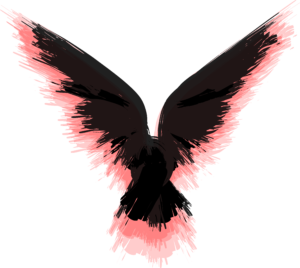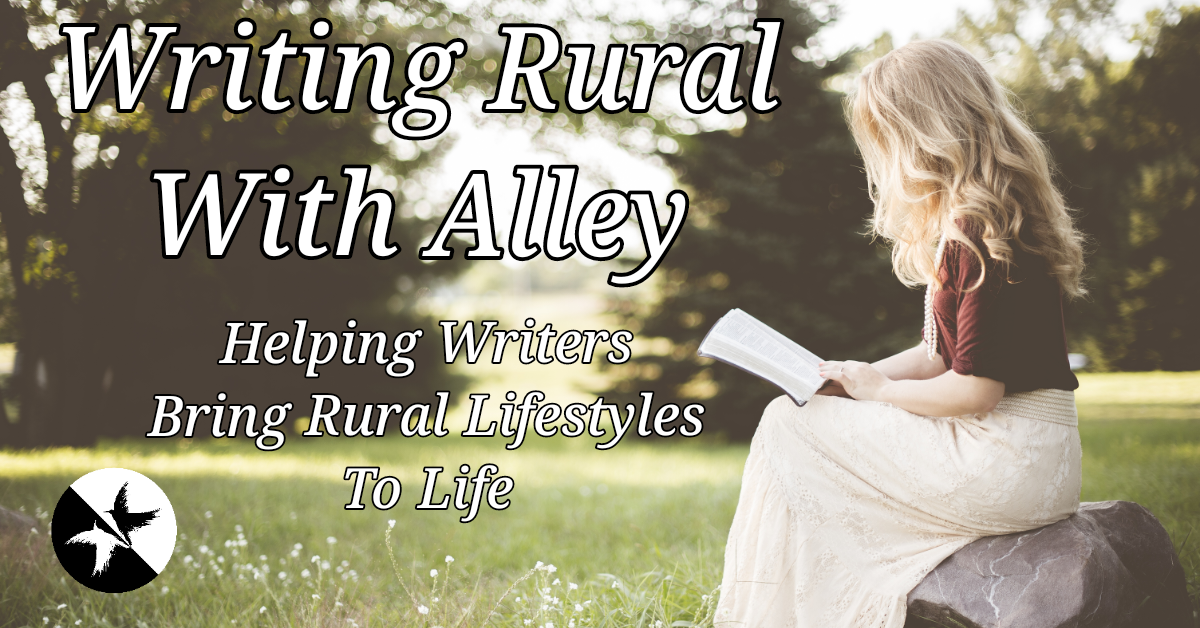How long without rain qualifies as a drought? What are the types of droughts? How could this impact your story? What did the ground swallow? Find out on this episode!
Droughts are a natural disaster that affects every area of the planet. They are defined as extended periods of time with unusually low to no rain or other precipitation. This can be tricky to determine as not every place will have the same amount of annual rainfall. For example, Death Valley gets about 2.2 inches of rain, while the state of Louisiana annually receives 60.09 inches of rain annually. If Death Valley revived 2.3 inches of rain in a year, it would be considered above average, but if Louisiana received the same amount, it would be considered an extreme drought.
This means droughts cannot be determined by a specific rainfall amount. So how is it determined? I’m glad you asked! To fully understand this, we need to look into two factors: types of drought and stages of a drought. Types of droughts are defined by the effects the drought is having, and stages are determined by how long there has been a precipitation deficiency and what effects are happening.
Droughts happen all over the world and have since the beginning of mankind. They are a natural phenomenon and cannot be prevented. They’re not even always predictable, such as Europe’s Mega Drought in 1540. The heat was extreme in those years, and not even modern climate models could predict it when it had over 1000 years of data.
There is also something called a snow drought. Many places, especially those at the bottom of mountains, rely on the snow they get in the winter. It melts as the weather gets warmer, providing them with water. When the snow melts, it comes down the mountain keeping the rivers and streams flowing. This could be important for things like flour mills in history, for cattle, or even for water to drink.
Now let’s get into the types of drought you will encounter.
(1) Meteorological Drought, when dry weather patterns dominate an area.
(2) Hydrological Drought, when low water supply becomes evident in the water system.
(3) Agricultural Drought, when crops become affected by drought.
(4) Socioeconomic Drought, when the supply and demand of various commodities are
affected by drought.
(5) Ecological Drought, when natural ecosystems are affected by drought.
The next thing to know is the stages of drought. First is abnormally dry conditions, abbreviated as D0. This is a pre-drought stage. That doesn’t mean there will definitely be a drought, but it is more likely. In this stage, there are several weeks of dry weather, and it is starting to slow the growth of crops. Basically, I just defined summer, at least in most of the places I have been to.
The next stage is moderate drought, abbreviated as D1. At this stage, grass and lawns are brown. Crops are stunted, and planting new crops has been delayed. Wildfire risks increase. Fish are stressed. I don’t know what that means, but they might need to talk to someone. Just not me. My family will think I’ve lost my ever-loving mind.
Stage three is abbreviated as D2 and is called severe drought. This usually comes after weeks of moderate drought. Crop loss is likely. Water shortages are common in this stage. Fish start to die. Wildlife moves or migrates to wherever they can find water and food. In some cases, that is close to farms; in other cases, they leave the area.
The next is extreme drought, abbreviated as D3. In this stage, significant crop loss is expected. Pasture land loss is also likely. People start to dig deeper wells as their wells go dry. Wildlife can have disease outbreaks. Water restrictions are typically put in place at this point. Many western states here in the USA imposed these restrictions in 2022.
Up last is an exceptional drought abbreviated as D4. This is the rarest type. Widespread crop and pasture land fail. Forests turn into tinder boxes for forest fires. Water must be conserved no matter the era you are writing because water will run out if you do not. That said, it can be shipped in, in a modern story.
What do droughts look and feel like? I’m glad you asked. Hot, dry, and dusty are the most common answers. Some others are the vegetation dies, and what lives turn brown. Ponds, streams, ditches, riverbeds, and even wells can dry up.
In the mega drought in Europe in 1540, it was recorded that the ground was so dry it reflected the heat even in the middle of winter.
Once the ground has been dry for long enough, it will start to form cracks. There are records in history of the cracks being large enough for a grown man’s leg to fall into. This is big enough that it could be dangerous for many animals. It is also big enough that children could potentially fall into the cracks. A few years ago, we had a drought, and our cracks were big enough that my wrist could fit into them, and they went down a few feet in some places. I had an irrational fear that snakes were crawling through them. This is actually entirely possible.
Many plants have adapted for droughts. While annual plants will likely die off, many others will not. Yucca plants have deep root systems. Juniper trees conserve water by sending water only to the branches needed for survival. Many plants’ seeds can survive underground for years until the rain picks back up.
However, people will adapt and do what they must to survive. Some of the ways they do this are by trying to make the most out of the water they have. They will either have irrigation or will have to haul the water to the garden. Some of the ways they held water in the ground were with mulch, wood shavings, straw, dead leaves, and things like this.
Ollas have been around since ancient times. These are unglazed clay jars. If you are wondering what they are, they are the brown(ish) planters that you can find in almost all gardening sections. They are buried in the ground close to the plants. This type of jar will slowly leach water into the dirt, watering the plants slowly. They are best used with a lid, but it won’t have to be a lid made specifically for the jar. It just needs to be something to go over the top and stop water evaporation. It is best to dig them up every year and move them. The reason is that plant roots will grow around and sometimes into the jars. It is best to move them every planting season to keep them from breaking. Ollas are still used today.
Some people got creative and put plants close together that helped the other plant with nurturance. The most well-known one in the USA is what the Cherokee called The Three Sisters. These are corn, beans, and squash. These plants nurture each other in the soil. Also, the beans will grow up the corn plant like a trellis. The squash will grow along the ground, and the leaves help naturally retain water. This is also less space to water; instead of three separate places they had to water.
This technique is about water going as far as it can with conservatism. It is not a technique to stop the types of land erosion that happened during America’s Dust Bowl. This was a drought that was made especially worse by the natural foliage that had deep root systems being removed and replaced with vast croplands. To top that off, there was a lot of logging done and no windbreaks. This escalated into giant dust storms that killed animals and, in some cases, people.
In a modern or post-apocalyptic story, bottom watering would be a choice. This is when water is piped below ground to a watering system that the roots grow down to. It might run off rain collection in good years, but in dry years, the water might have to be hauled to the system. These are often PVC pipes with holes drilled at specific increments, but there are other ways. Feel free to check out that Pinterest bunny hole.
There are some other things that could potentially happen to the land during bad droughts. There is the chance of wildfires. This occurred in 1988 in Yellowstone National Park when a lightning storm caused 36% of the park to burn. In 2018 Northern California had the most destructive and deadly fire in California history. The fire is referred to as Camp Fire. It traveled extremely fast (pushed by high winds) and burned down the town of Paradise, California. 153,336 acres burned. 85 people died. Several civilians and firefighters were injured. More than 18,000 structures burned in only four hours.
While wildfires can be deadly, there are a few upsides to wildfires. The ash from the fire will add nutrients to the soil, making it better for the next year. Also, some trees, like the lodgepole pine, release seeds when a fire comes, which is how they multiply.
Droughts can happen anywhere in the world and should be a possibility in fantasy stories. Well, they could happen in a lot of stories regardless of genre. They affect people, plants, and animals. No one is safe from droughts, and they don’t play favorites between people. However, humans have lived with them since the beginning and have learned to adapt as needed.
Fun fact: Honey ants adapted to deserts by having some ants gorge themselves on nectar until their bellies are swollen. They are like little living storage containers. When droughts or famine come, these storage ants will regurgitate the nectar for the other ants.
What could possibly go wrong:
Likely to go wrong: Your character is a farmer, and their crops fail. That means there is no income for them that year. While there is help for the modern farmer, at least here in America, there was not in history, and there is unlikely to be after a zombie apocalypse.
Likely to go wrong: Your character runs out of water and has to haul water from a place that requires a very long walk.
Possible to go wrong: Your character is a fisherman, and when the streams dry up, they lose their livelihood.
Possible to go wrong: When high winds kick up during a drought, your character could find themselves in the middle of a dust storm.
Possible to go wrong: There is a lightning storm, and it starts a wildfire. Your character might have to abandon their home and run for their life.
Unlikely to go wrong: The drought is so bad your character or characters are forced to move or migrate, or they will die because there is nothing to eat or drink.
Improbable but still technically in the realm of possibilities: Your character becomes a hero when they find a way to use an aqueduct to bring water in from a far-off place during a drought. It would likely be a massive project even by today’s standards, but it could save many.
Improbable but still technically in the realm of possibilities: A small child falls into a crack in the ground and gets stuck. Someone will need to dig them out, or this could potentially be deadly.
You can connect with Elizabeth at the following:
Website: https://headdeskliz.com/
Instagram: https://www.instagram.com/headdeskliz/
Facebook: https://www.facebook.com/headdeskliz/
Book, Not by Sight: https://a.co/d/9TN413m
Helpful Links to Learn More:
Types of droughts:
https://www.weather.gov/safety/drought
https://www.drought.gov/what-is-drought/drought-basics
https://droughtmonitor.unl.edu/About/AbouttheData/DroughtClassification.aspx
Basics:
https://education.nationalgeographic.org/resource/understanding-droughts/
https://www.history.com/news/7-withering-droughts
https://a-z-animals.com/blog/the-worst-droughts-in-human-history-and-what-happened-after/
What do they feel like:
Watering a garden in a drought:
Snow drought:
https://eos.org/opinions/defining-snow-drought-and-why-it-matters




